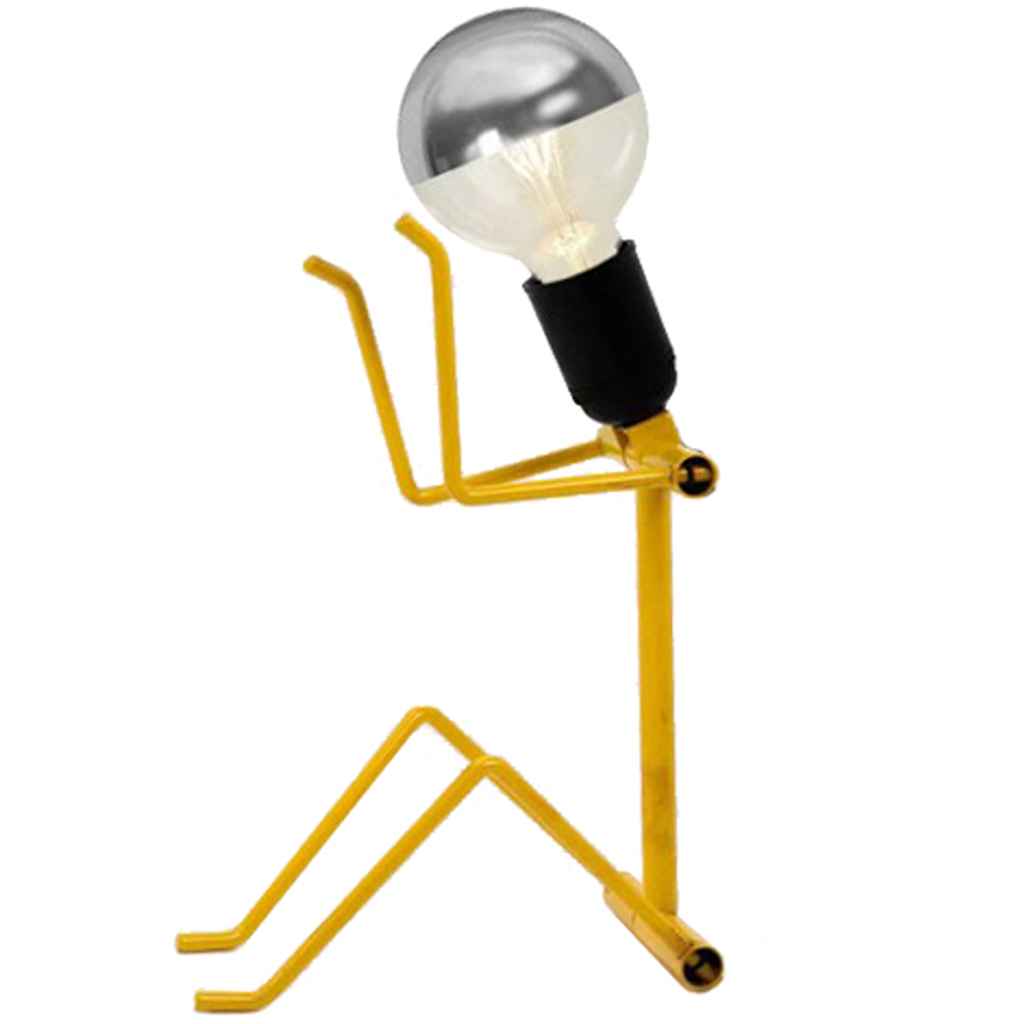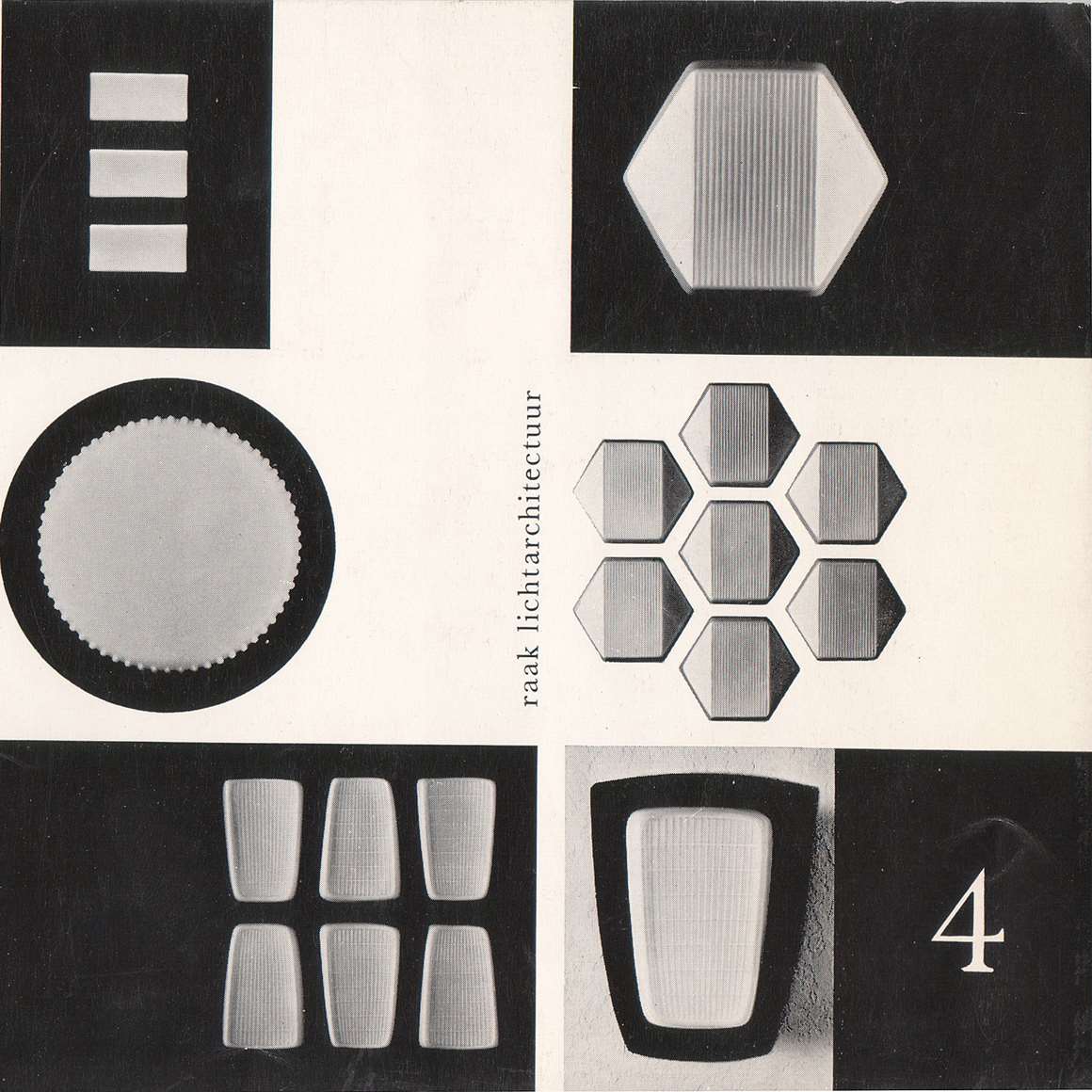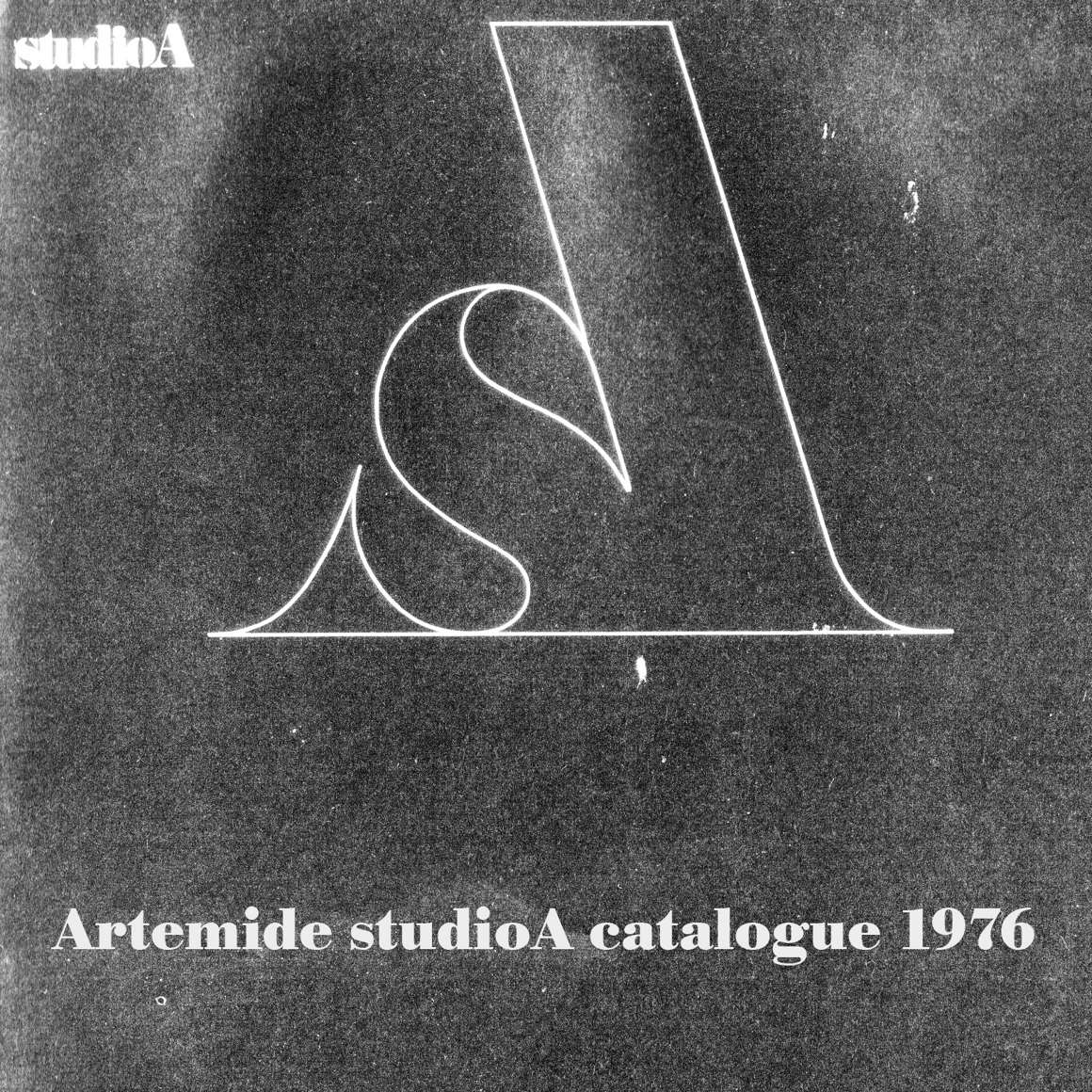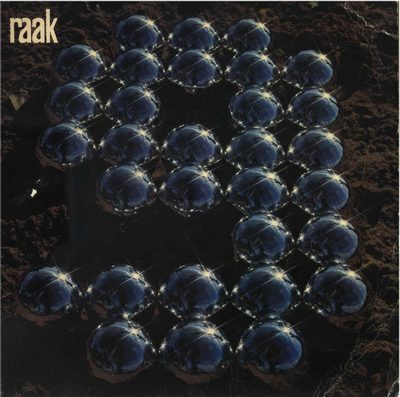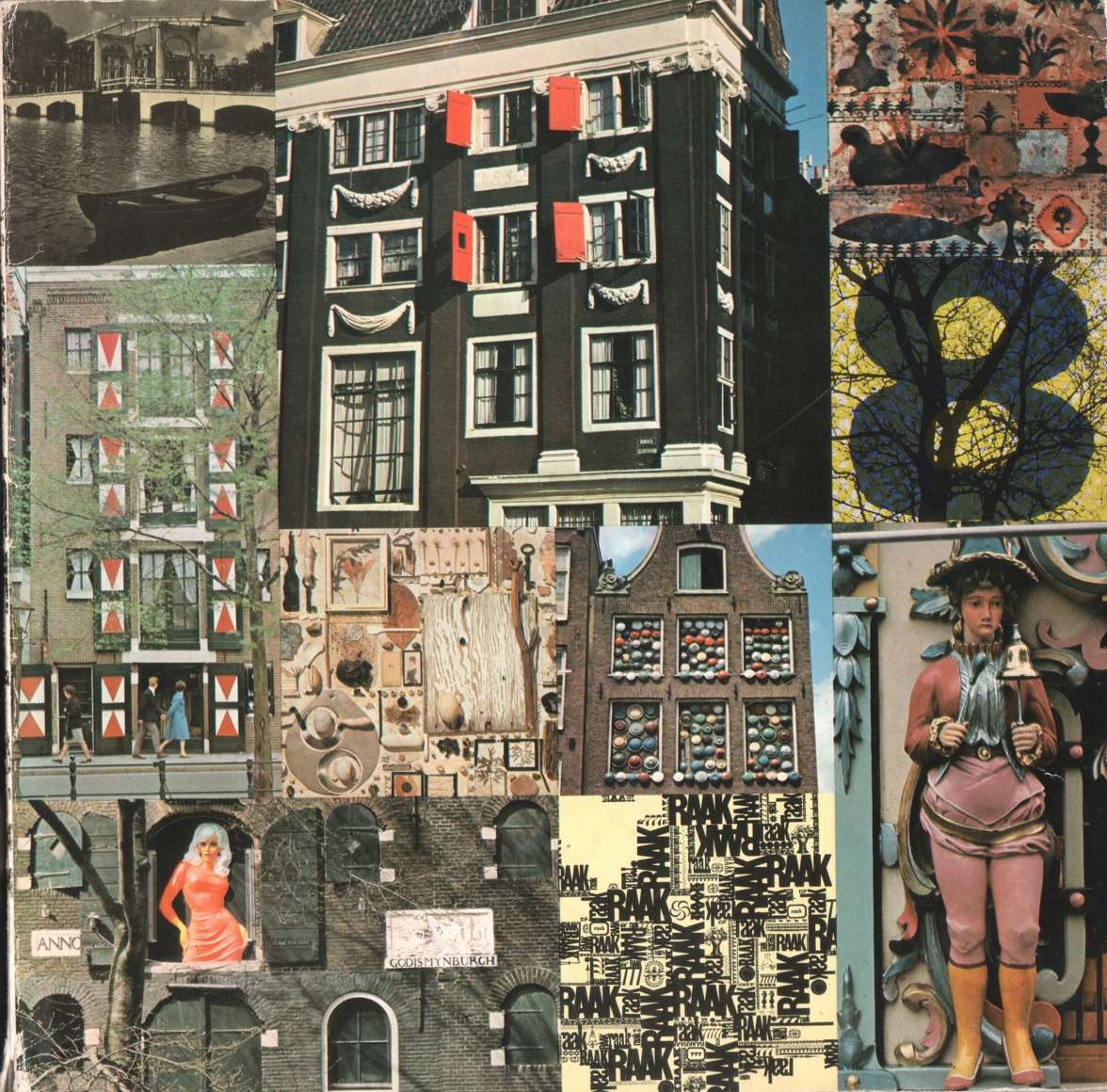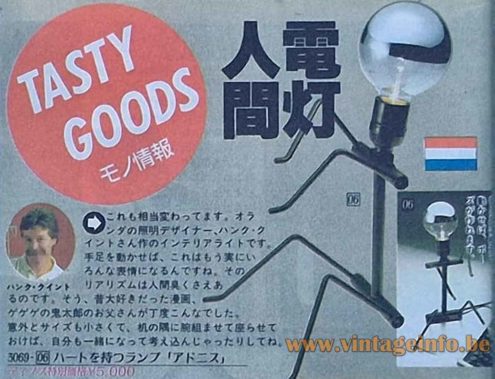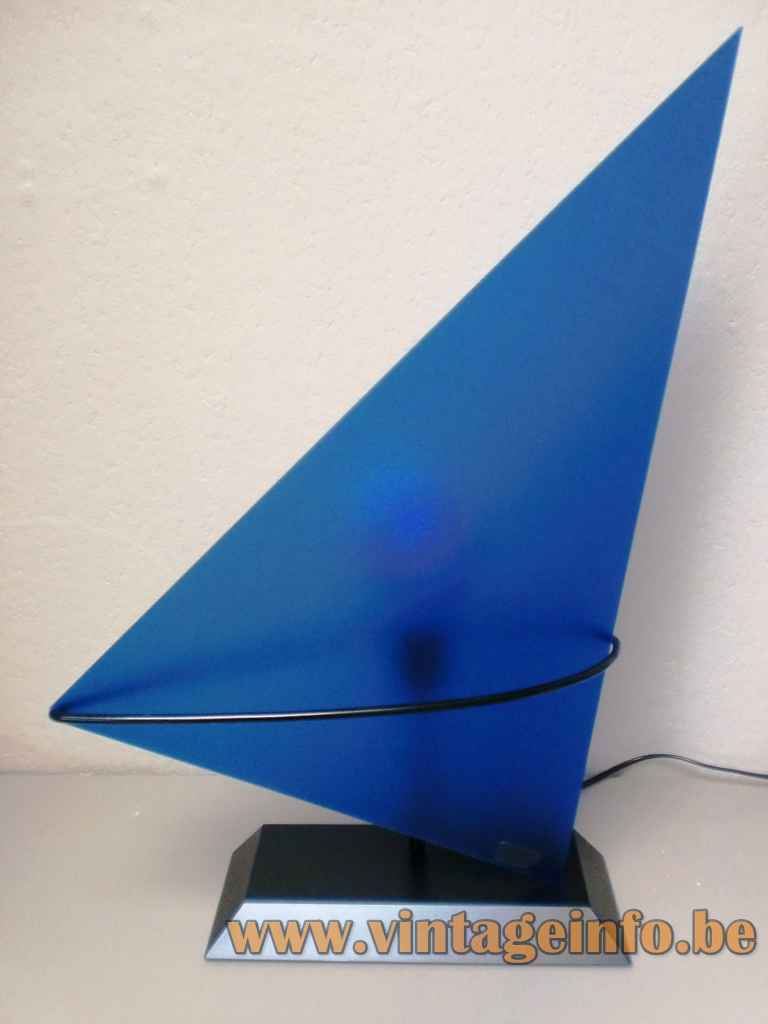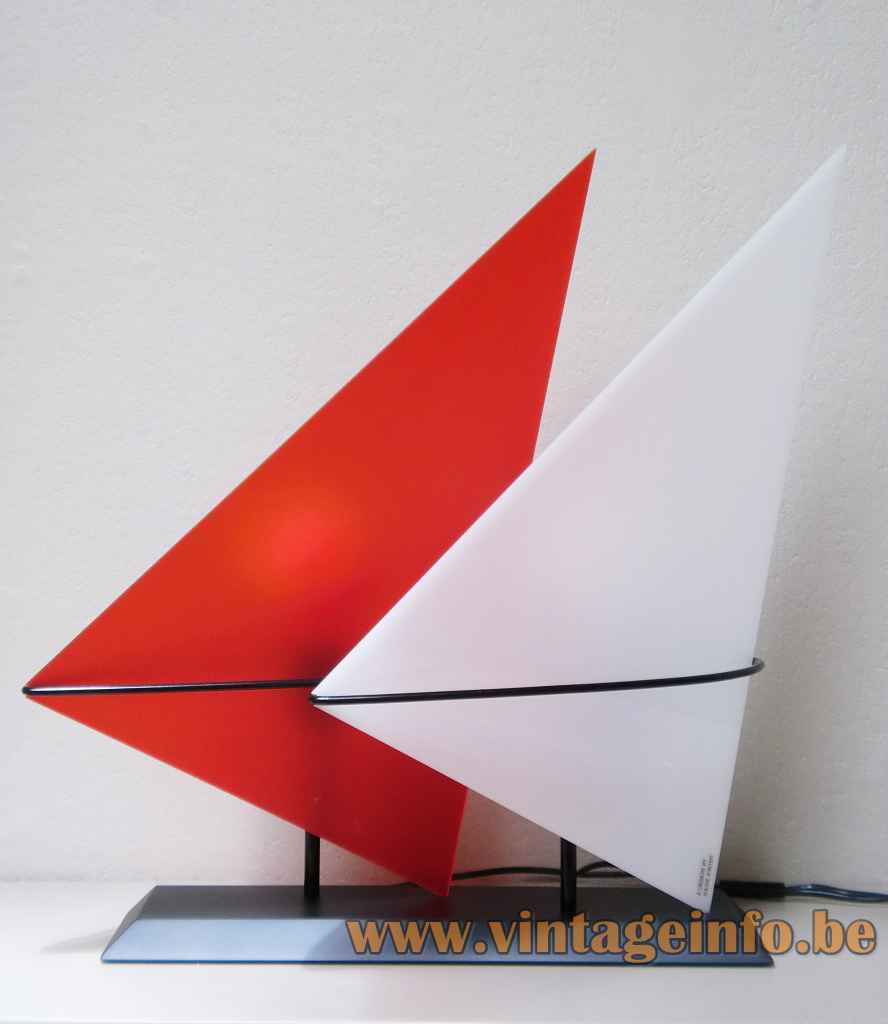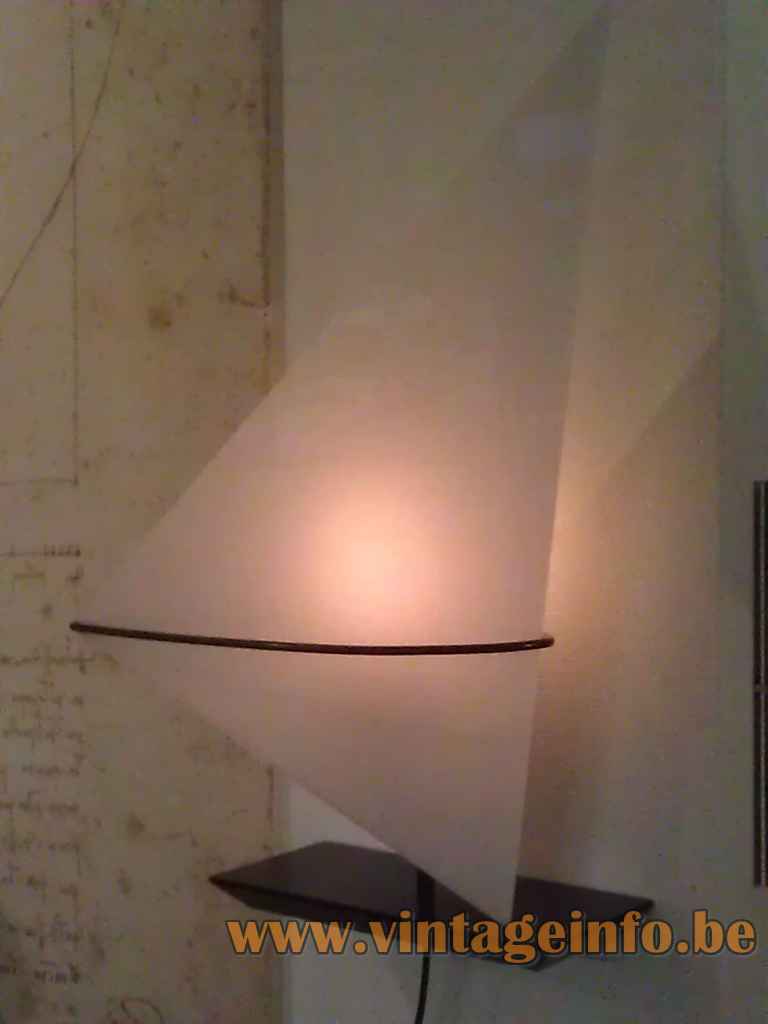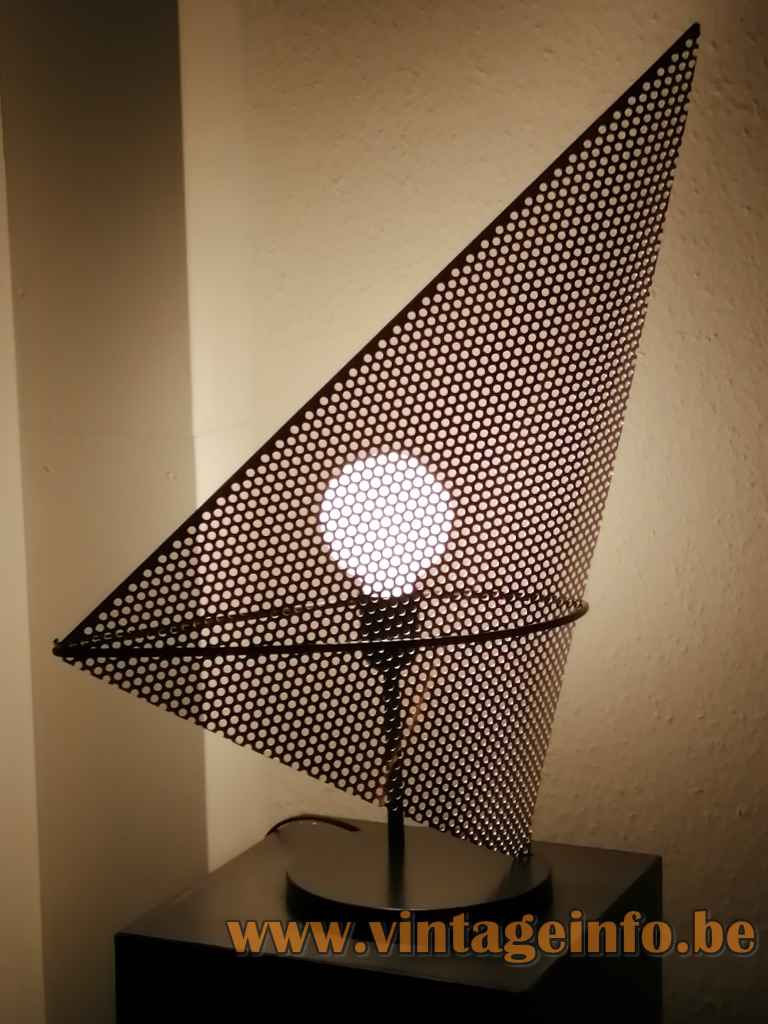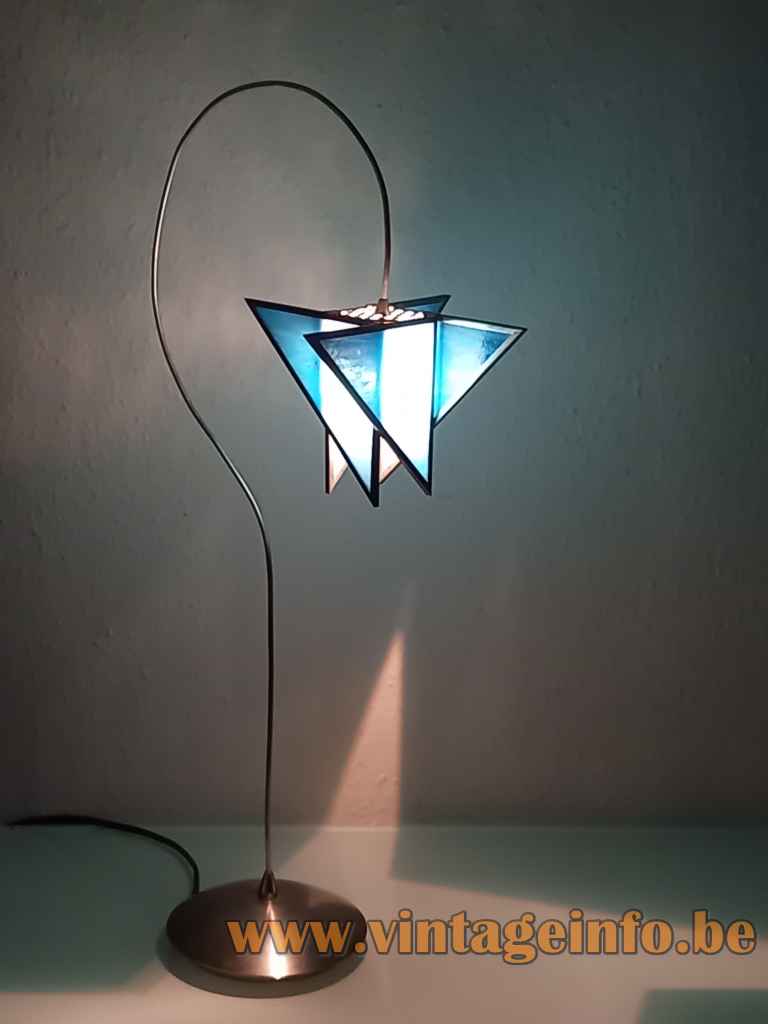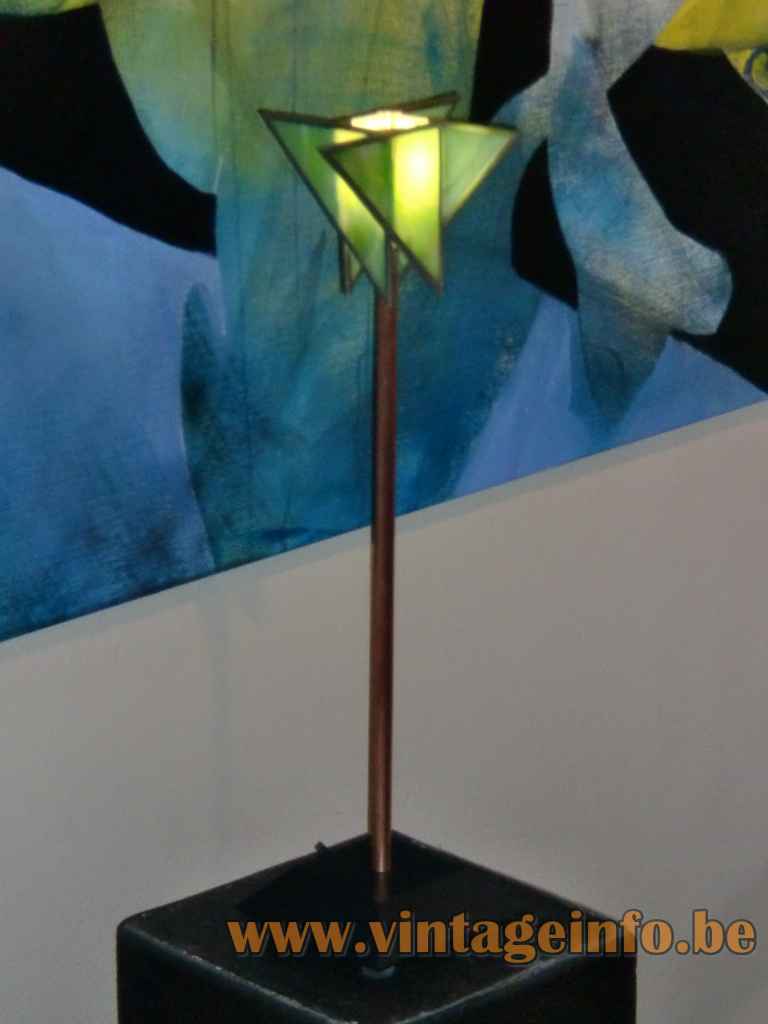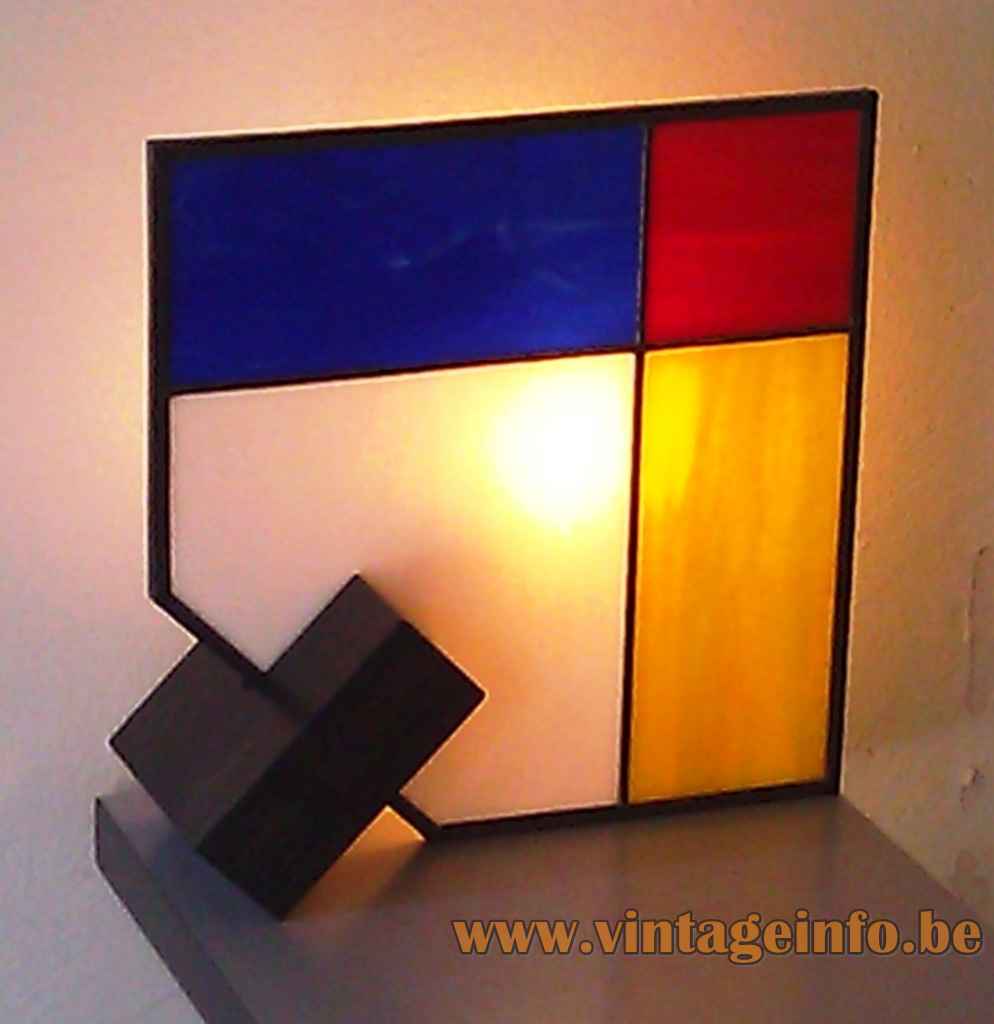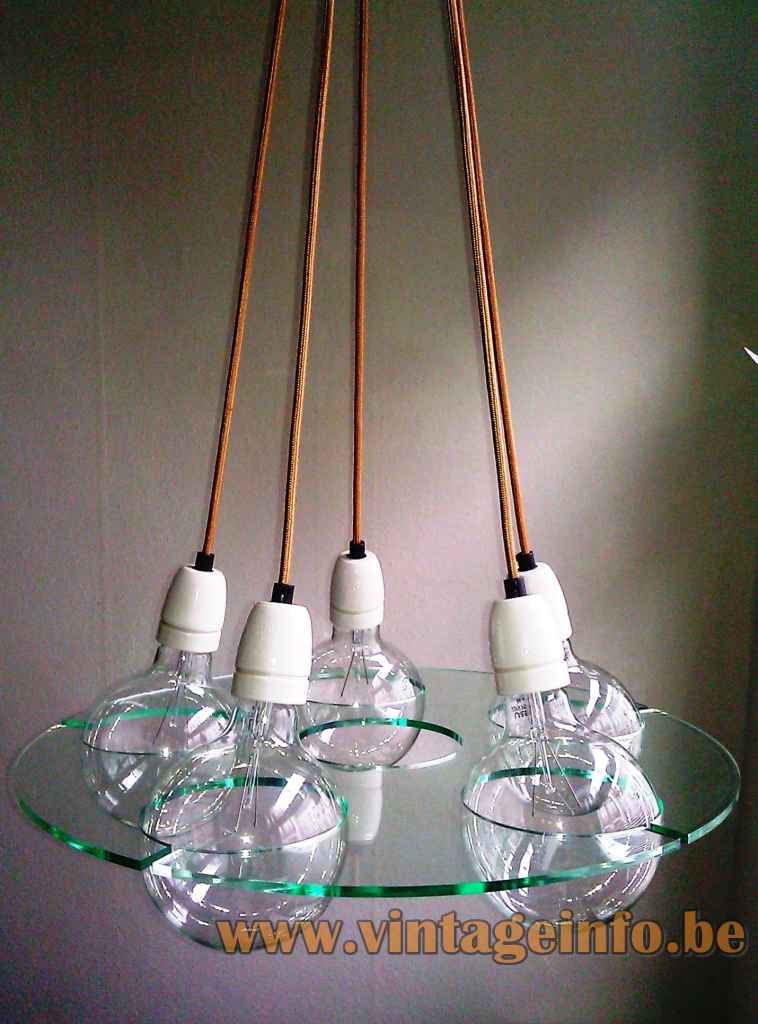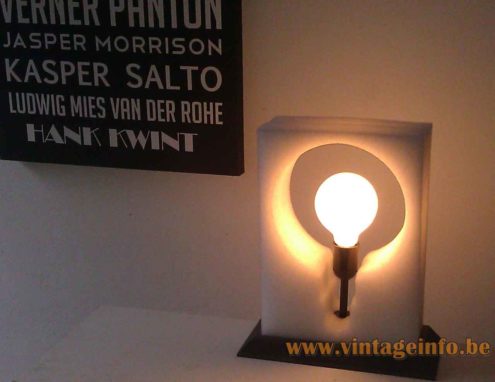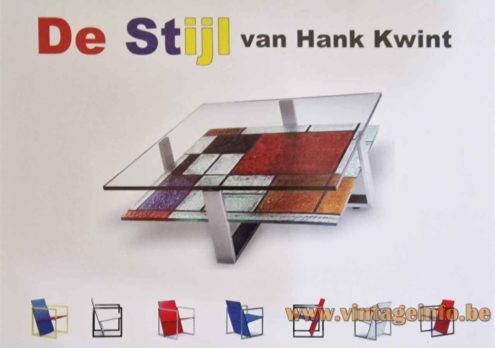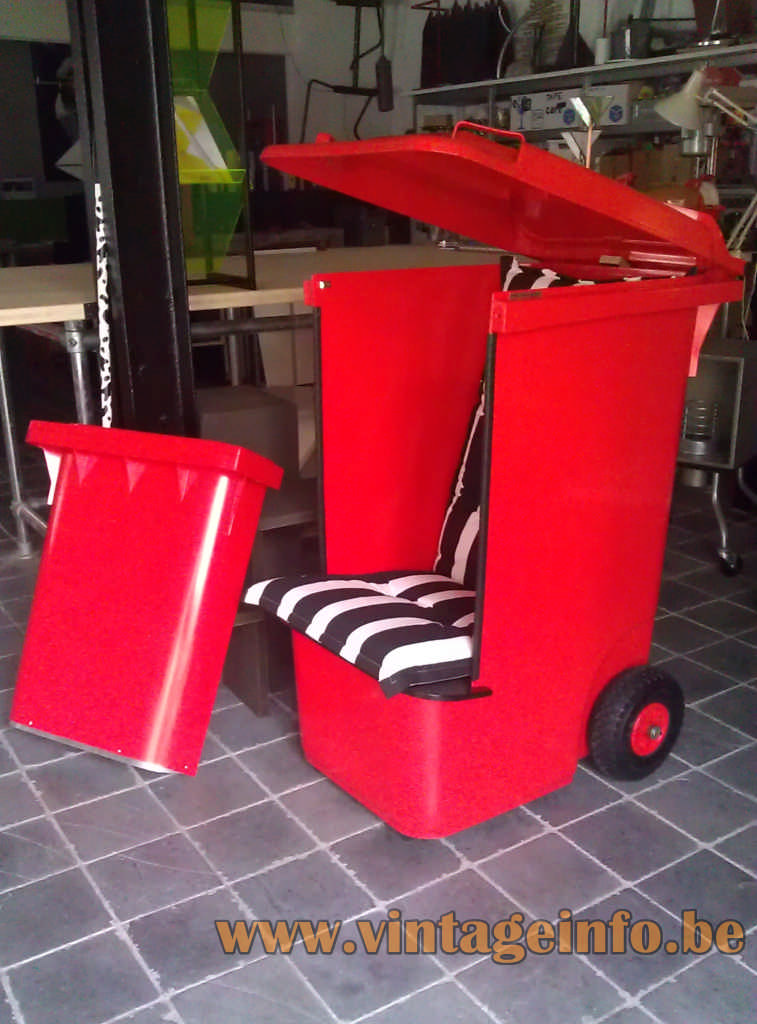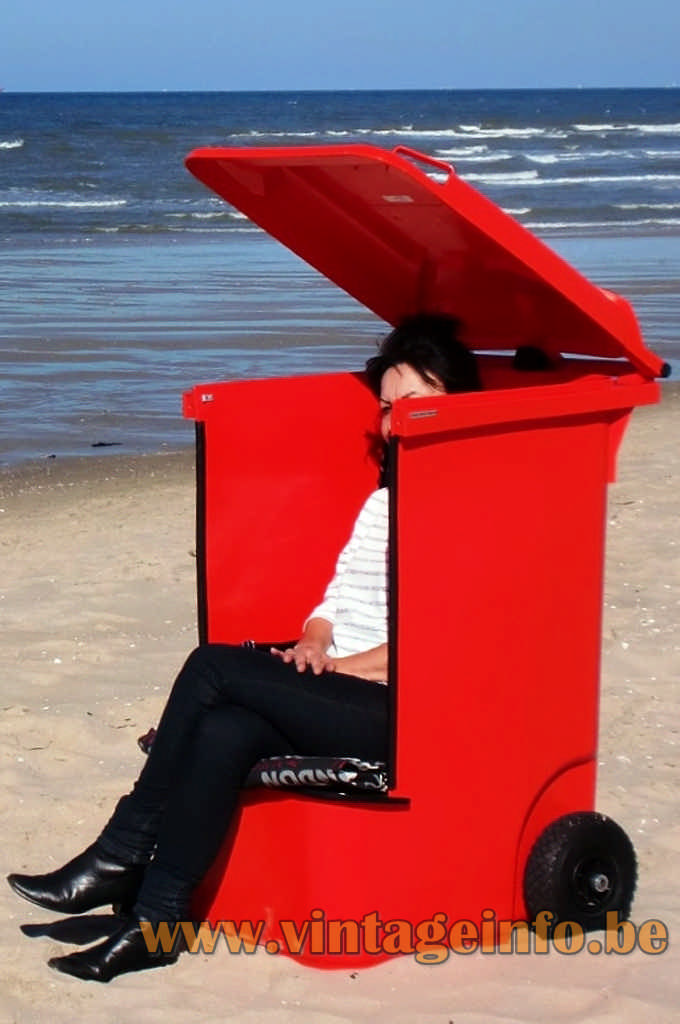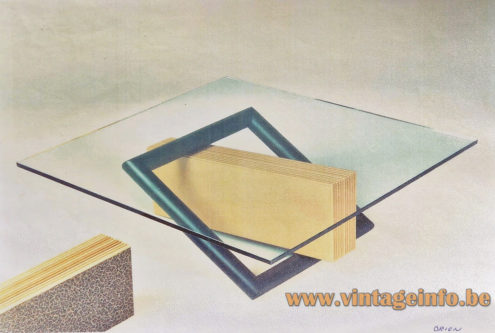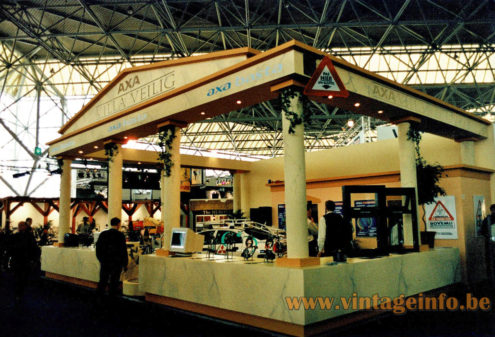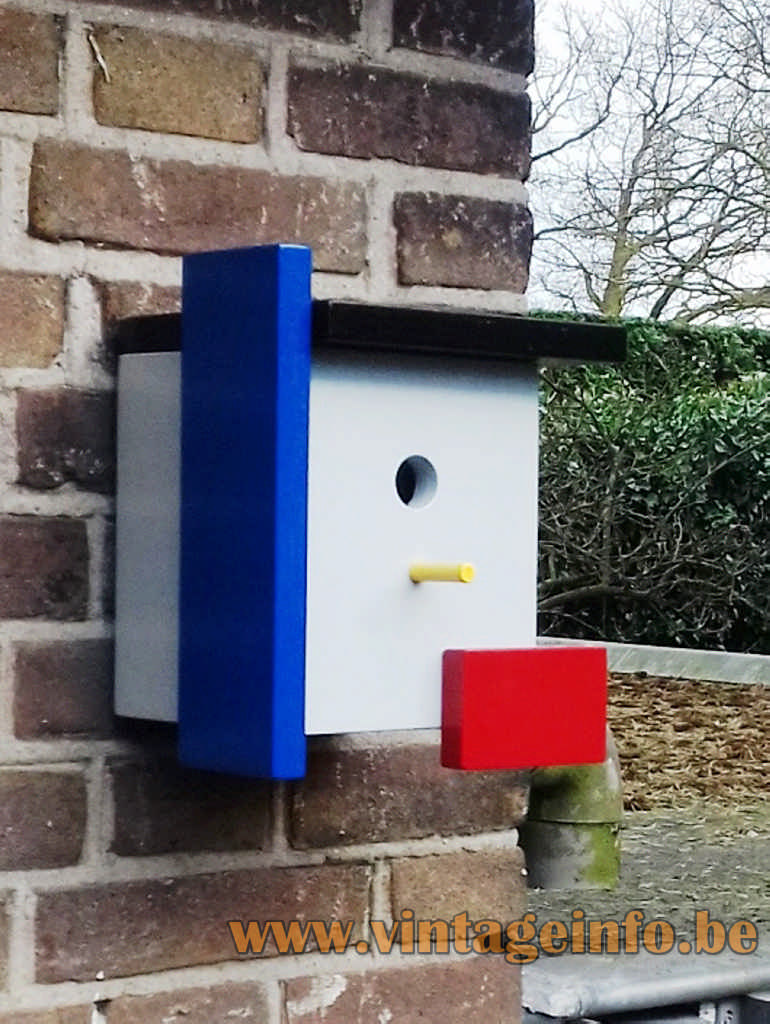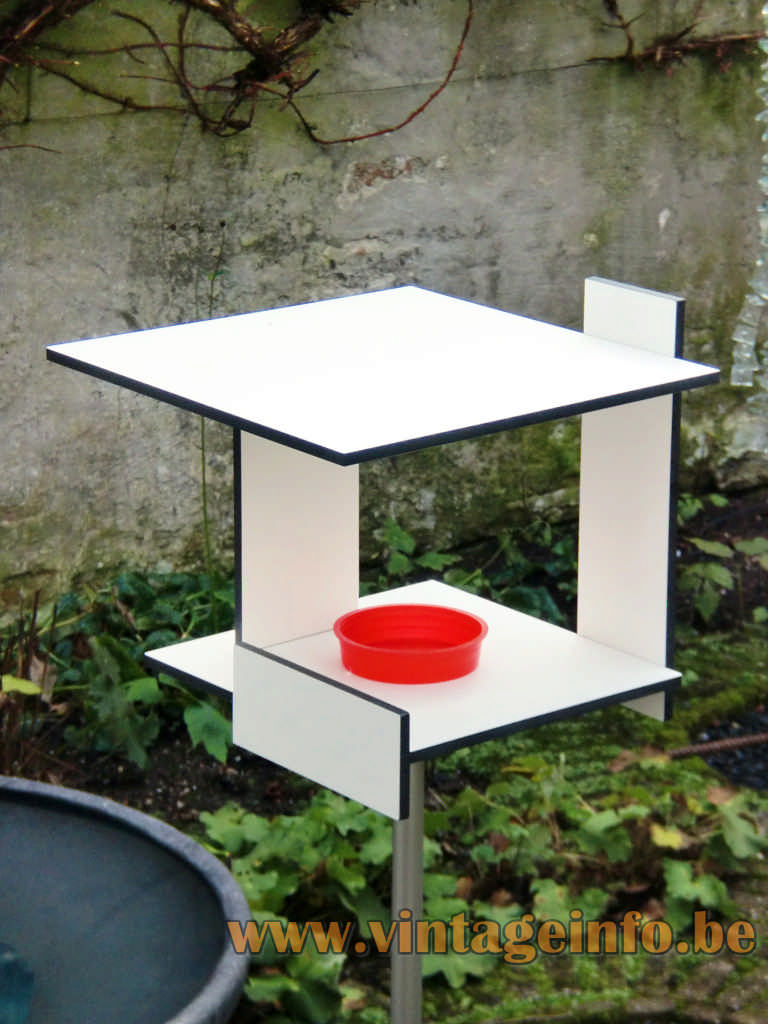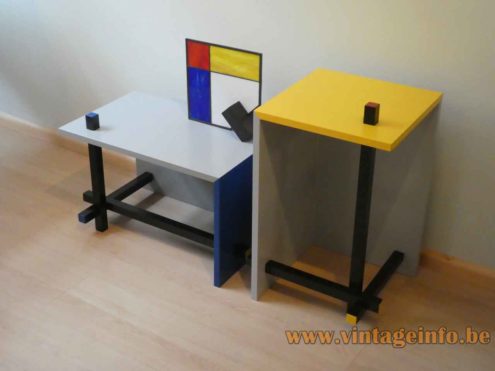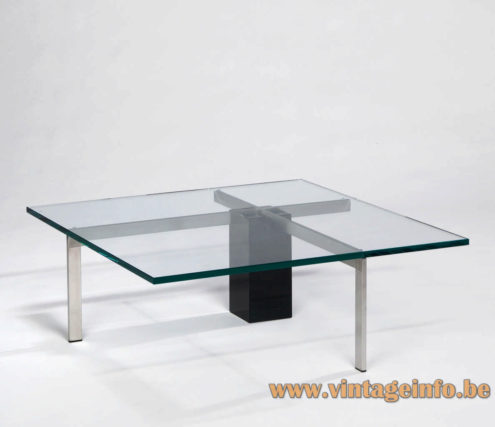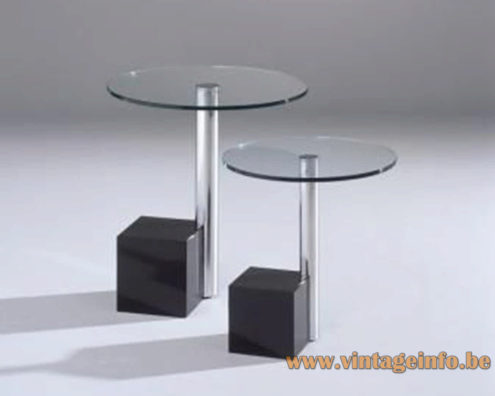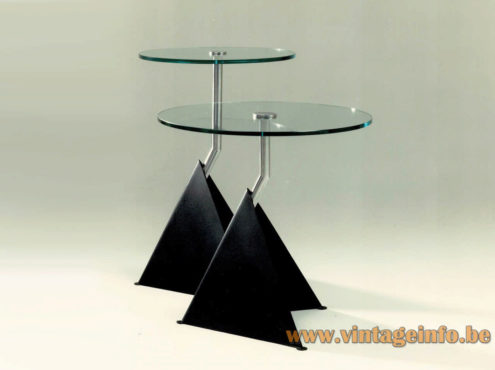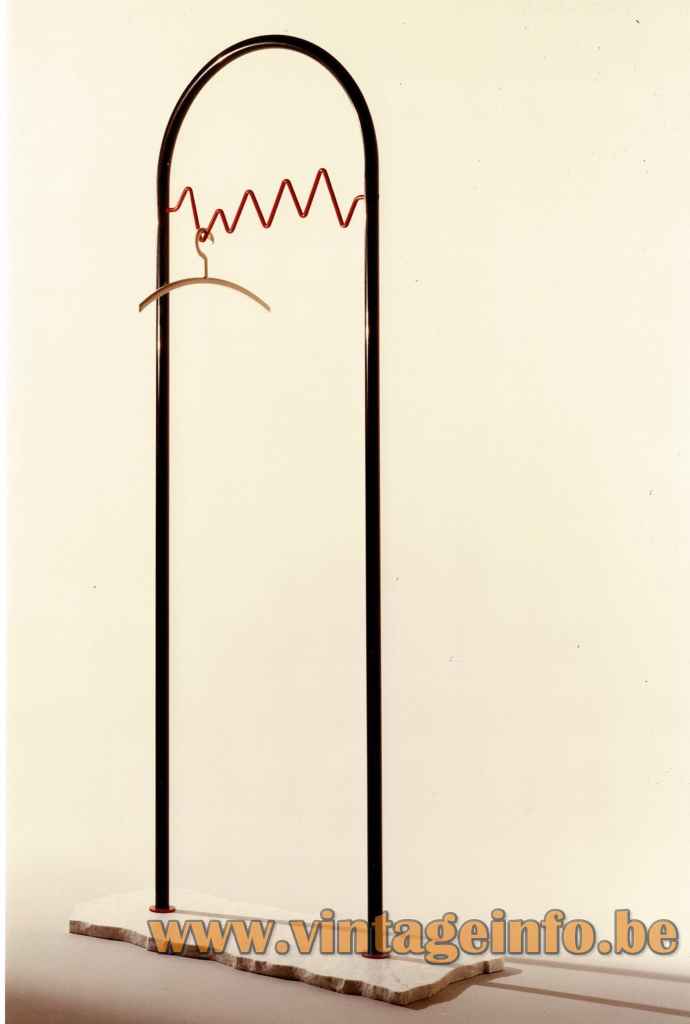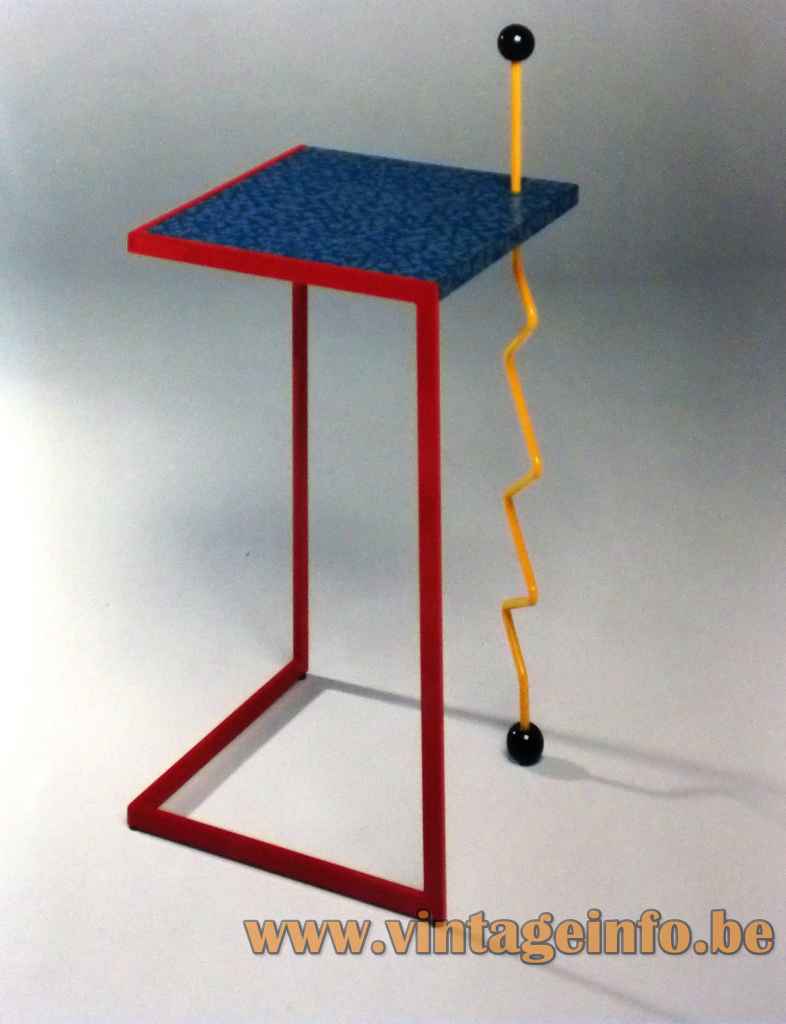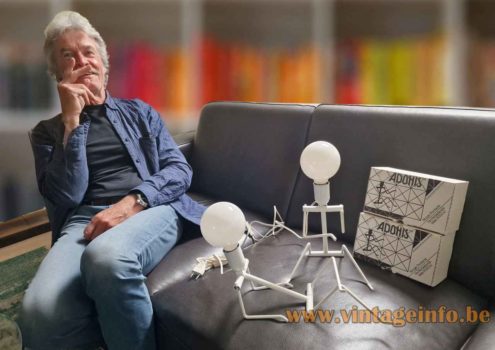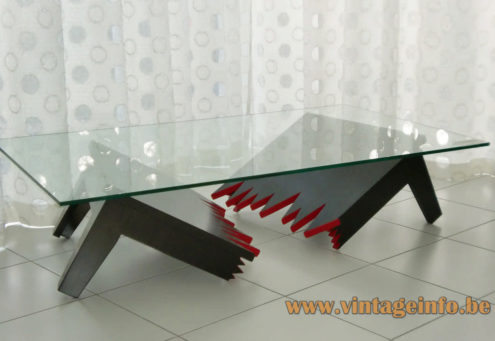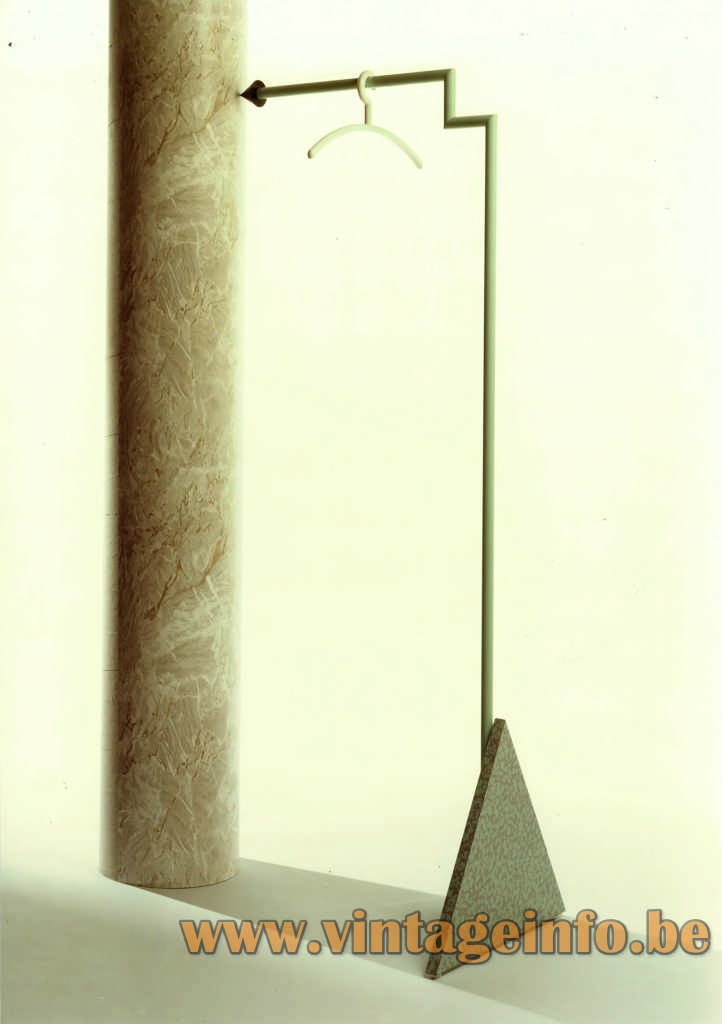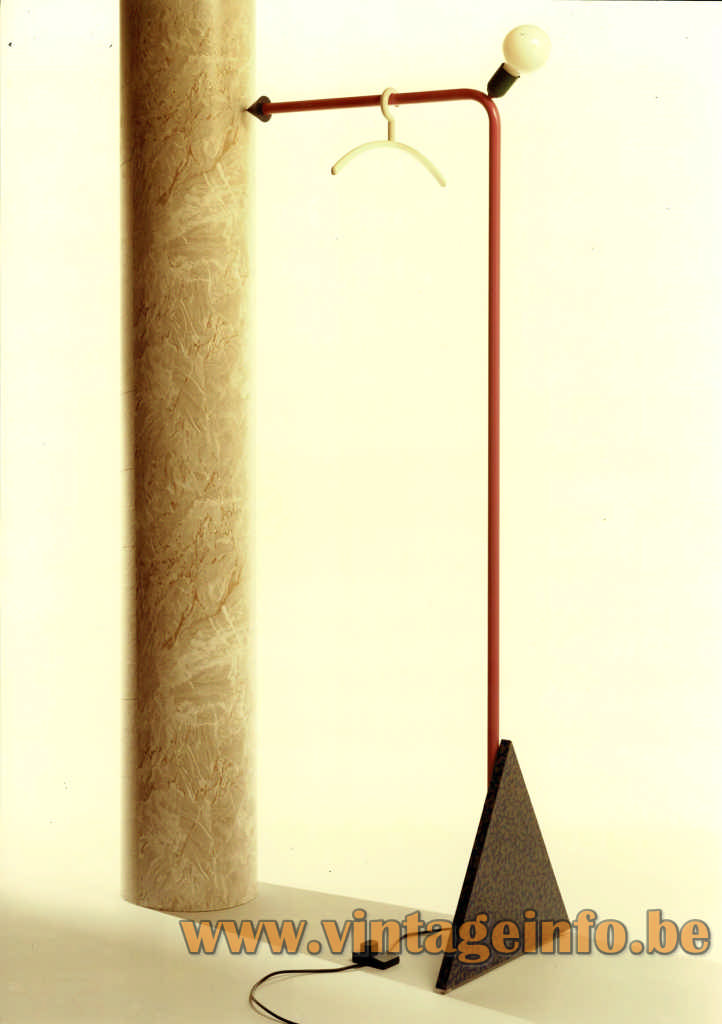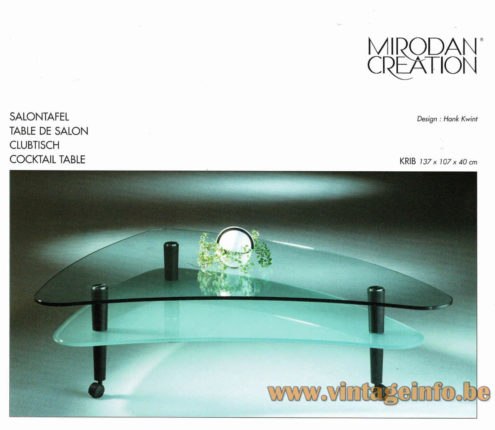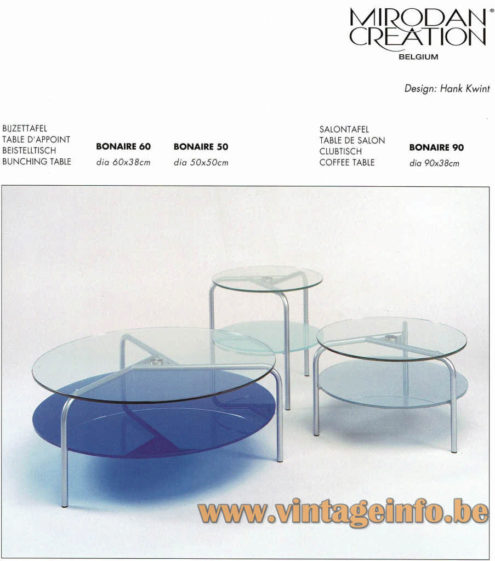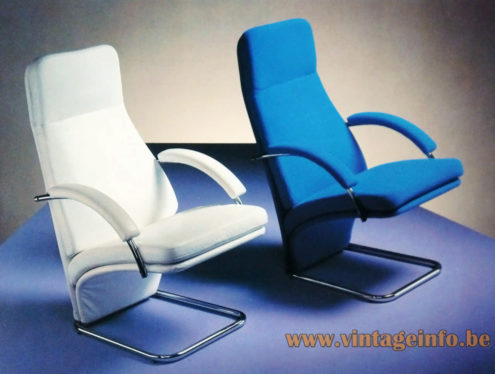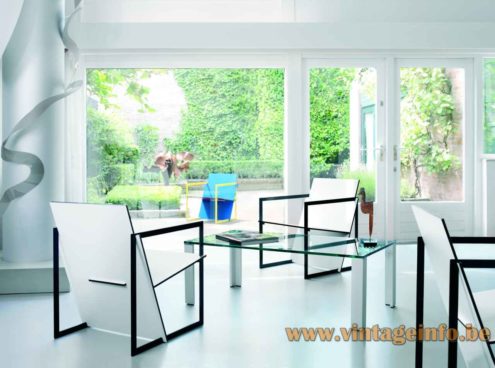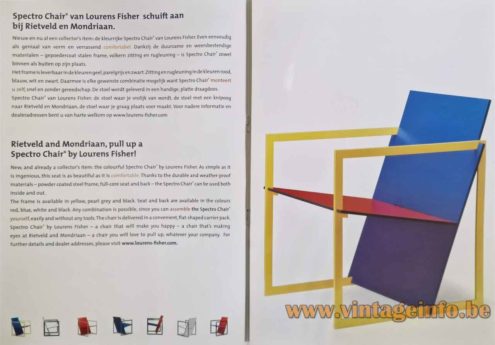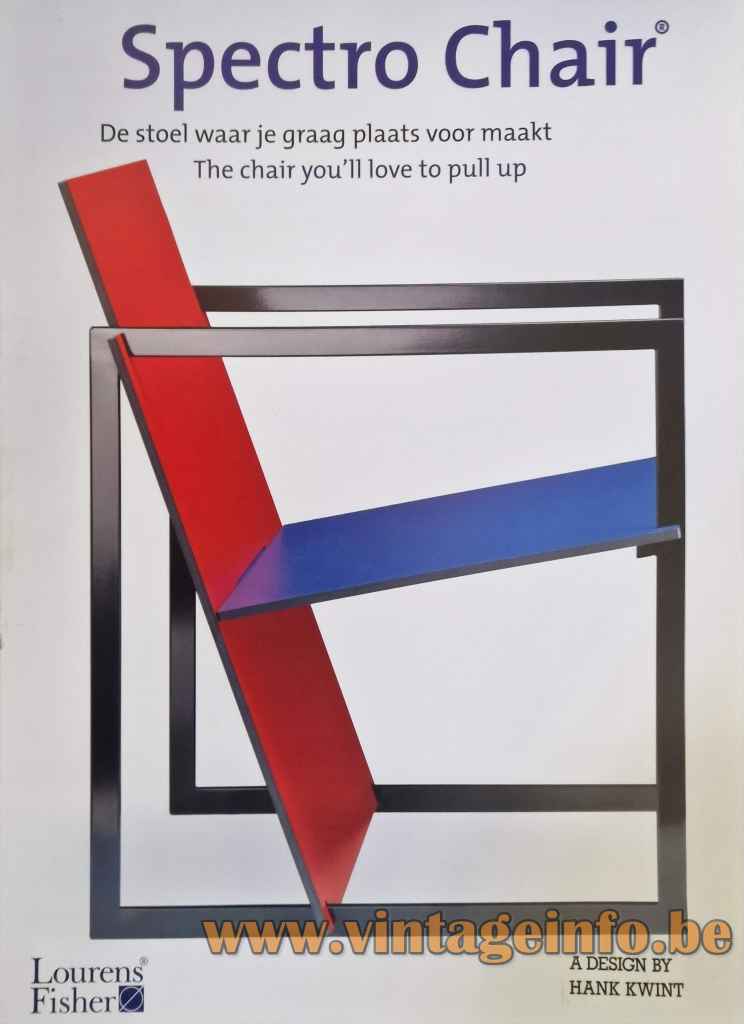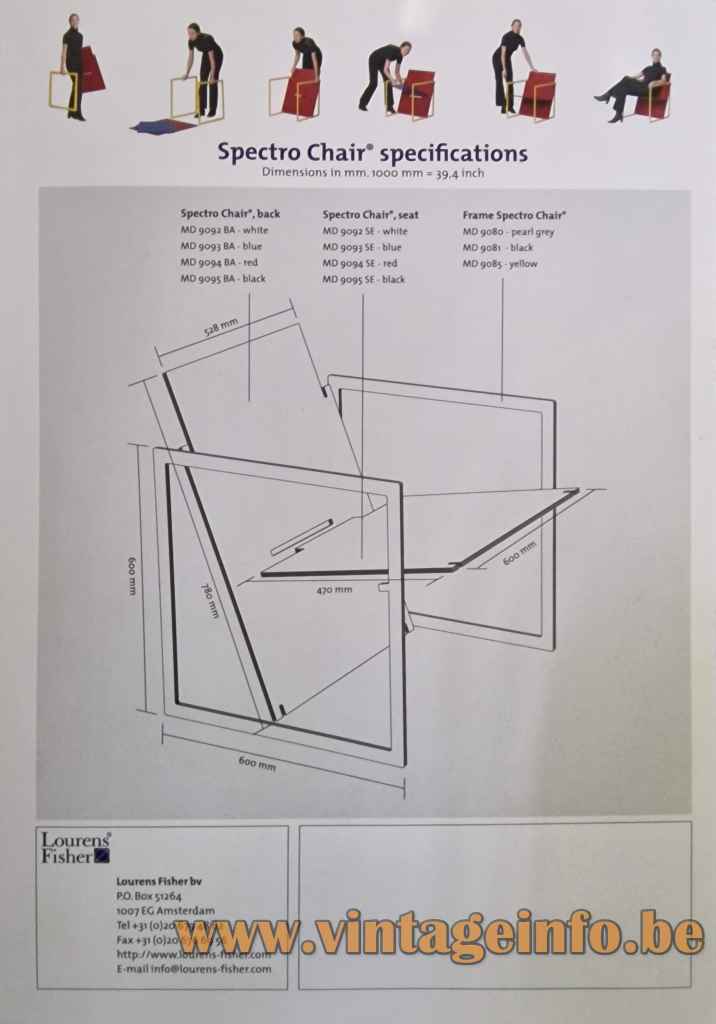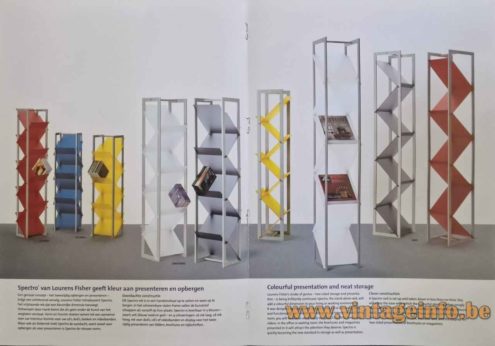Designer: Hank Kwint
Adonis Table Lamp – Japan, 1983 Publicity
Surfer & Duosurfer Table Lamp
Surfer Wall Lamp & Surfer Perforated Sail Table Lamp
Multa Triangula Table Lamps
Not Afraid Of Red, Yellow And Blue Table Lamp – Saturn Pendant Lamps Chandelier
Foam Table Lamp
De Stijl by Hank Kwint
Trash Can Chair (Kliko)
Coffee Table Orion – Metaform
AXA Stand
De Stijl Nest Box & Feeding House
Tilt Table
KW-1 Table, Metaform
HK-1 & 2 Side Table, HK-5 Side Table – Metaform
Venopolis Coat Rack, Tennessee Side Table
Designer: Hank Kwint
Hank Kwint was born in Kesteren, The Netherlands in 1951. Growing up in a house on the site of a brick factory along the Rhine in Gelderland, Kwint was always involved with technology and design as a child. It was therefore clear to him that he would make this his profession.
Kwint studied mechanical engineering in secondary technical school from 1969 to 1974, but because he preferred to focus on design and design, he decided to take an evening course in interior design in 1978.
His first job in the design industry was at Leolux Zitmeubelen (seating furniture) in 1978. Kwint was always busy developing new ideas and designs. His designs are mainly characterised by his minimalist style, which stems from his preference for the movement ‘De Stijl ‘ that arose in 1917.
His first design came in 1983 and became an instant success. Inspired by the lamp named Little Helper or Little Bulb of Gyro Gearloose (Donald Duck), Kwint designed his first lamp named Adonis.
The Adonis table lamp is made of only a few metal tubes with a spring system as joints for arms and legs. On top of this is a lamp socket with a head of a 25 watt white globe (10cm / 3.93”) light bulb. Despite the simplicity of the design, Kwint managed to make the lamp really come to life. The slogan that was used in Japan was therefore: “Adonis, a lamp with heart ”
When Kwint was asked: why Adonis? He said, pointing to an Adonis in the room: Look, this is a real young god after all.
Production
The Adonis table lamp was manufactured manually in 1983 by Kwint himself. The lamps were published under his own label KwinterArt, later it became Kwint Design. The production of 1 copy cost Kwint 34 guilders (16 euros). He himself went to gift shops and department stores with these lamps and sold them for 75 guilders each (37,5 euro).
Demand was so high that production was outsourced to a sheltered workshop in his hometown of Veenendaal. When they could no longer keep up with demand, the production was carried out by the Hala Zeist factory for a short period.
The producer Hooge Products (1983 – late 1990s) from ‘s-Hertogenbosch, The Netherlands (known for the word clocks by Hans Muller & Hans van Dongen) subsequently included the Adonis lamps in their range until about 1990.
Exact production figures are not known, but an estimate is 8 to 10,000 copies sold worldwide. Adonis was then released by “Mad Lighting ” for a while in the triangular box and in different colours, but this did not turn out to be a success.
Other Lamps
The Surf table lamp was released the same year (1983). Also some clean lines, this time combined with a large triangular acrylic sail. The Surf lamp was also released in perforated metal and as a duo and wall surfer. Other lamps he designed are the Multa Triangula, Manhattan, Not Afraid Of Red, Yellow And Blue, Foam Lamp, Brilliant, Avatar, Flower Power and Shadow Flower.
Influences
In Kwint ‘s designs, you can clearly see the characteristics of the works of Mondriaan and Rietveld, among others. Geometric lines and primary colours (Spectro chairs, birdhouse, bird box and folder cabinets) are often executed in the characteristic 80s Memphis style (Tennessee table and coat rack) and all this is combined with a touch of humour (broken table, container beach chair).
Metaform
Through his work in the furniture industry, Hank also came into contact in 1983 with the Dutch furniture maker Metaform, founded in 1964. The clean lines in their designs fitted well with Kwint ‘s working method and that is how the KW-1 table was created in 1983. The collaboration lasted until 2010 and during that time Kwint also designed the Trailer table, the HK-1 and 2, the HK 5 and many others.
During the same period, Hank Kwint also designed for companies such as Pastoe, Gelderland, Inter Ar t, Groep M, Mirodan Creation, Bacher Tische, Belki Home Accessories, Lourens Fisscher, Kembo Project Furniture, Revitop and Kitanova.
In addition, Kwint designed many exhibition stands (AXA) and interiors of houses and offices. For Lourens-Fisher he designed the Spectro series of chairs, folder tables and folder file cabinets, which were used for their furnishing at trade fairs, showrooms and offices throughout The Netherlands.
In 1999 Kwint designed and built his own house and studio. All kinds of special ideas were incorporated into the house, such as the windows around the corners and the entire interior in a 15-degree layout.
In 2006 the furniture industry went into a dip and a number of collaborations ended. As a result, Kwint decided to release his own designs under the name Kwint Design and Hank Kwint. He also continued to design for private individuals or companies. This has resulted in a number of unique pieces that he exhibits and sells until today (2022) from his gallery in Wijk bij Duurstede (Utrecht, The Netherlands).
Hank Kwint with his Adonis table lamps – 2022
Broken But Not Defeated Coffee Table
Lean On Me Coat Rack & Lean On Me Coat Rack At Night – Group M
Krib Coffee Table, Mirodan Creation
Bonaire Coffee Table, Mirodan Creation
Gelderland Armchair Chalice 1985
Spectro Chairs
Spectro Chair – Lourens Fisher Publicity
Spectro Storage
Links (external links open in a new window)
Vintageinfo
Many thanks to Hank and Erik for all the text, images and help!
